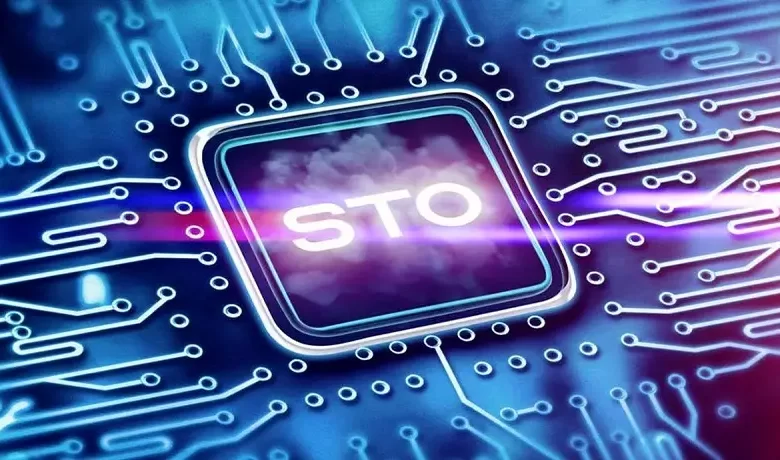The outlook of the cryptocurrency market and tokenization of assets under the microscope of the stock exchange organization

According to Tejarat News, the Center for Research, Development and Islamic Studies of the Securities and Exchange Organization, in a research report published in April 1402, examined the evolution of the cryptocurrency market, tokenization of assets and the need to determine regulatory requirements in this area.
The headings of this report are as follows:
Cryptocurrency market
Tokenization of assets
Capital markets and tokenization process
Token exchanges
The difference between traditional exchanges and token exchanges
Regulatory Concerns and Crypto Asset Exchanges
New challenges and regulatory requirements
The abstract of this research report states: Moving towards the digital age, cryptography has experienced significant improvements. This process, which used to be used only in government spheres in the past, has been introduced to public levels to create a high level of privacy in new digital systems, including electronic payment systems.
Although today there is a tendency to classify cryptocurrencies as one of the types of crypto assets, but the emergence of this phenomenon took place under the title of cryptocurrency, and despite the fact that the formation of blockchain is of particular importance in this process, it was the use of Bitcoin in transactions that It led to the emergence of cryptocurrencies.
Crypto-assets are digital representations of value or rights that have the potential to bring significant benefits to both market participants and customers. By simplifying capital raising processes and increasing competition, the issuance of cryptoassets can provide a cheaper, less expensive and more inclusive way to finance companies.
Crypto assets are generally classified into 6 groups: payment tokens, utility tokens, securities tokens, asset-backed tokens, stablecoins, and hybrid tokens. The concept of cryptoassets is associated with the concept of initial coin offerings (ICOs), which can be thought of as initial public offerings (IPOs) for cryptocurrencies; which eventually evolved to the initial offering of tokens on the platform of a digital currency exchange (IEO) and then to the issuance of securities tokens (STO).
STO is the process of issuing securities using blockchain technology in a regulated and supervised manner and includes the creation of digital blockchain tokens. Crypto assets, including stablecoins, are not yet recognized as a risk to the global financial system, but some emerging markets and developing economies are already affected. Therefore, in this report, in addition to the process followed in the cryptocurrency market and finally the tokenization process, the upcoming challenges and the need to determine appropriate regulatory requirements in this situation have been discussed, which should be done by the institutions supervising the market according to the request of the International Monetary Fund. capital to be considered.
In line with these challenges, the IMF made key recommendations in two fintech reports, under the headings: a) Oversight of the Crypto Ecosystem: Stablecoins and Arrangements; and b) monitoring the crypto ecosystem: it has provided unbacked crypto assets. In this report, while introducing the key risks raised by the International Monetary Fund, the proposed regulatory measures have also been reviewed on a case-by-case basis.
It should be noted that these measures should not be considered as a permanent solution, as there are strong incentives and many technological alternatives to circumvent such limitations. Instead, the regulator should address the main drivers of stablecoin adoption, such as potentially weak macroeconomic conditions or unmet digital payment needs.
Source: Senate

